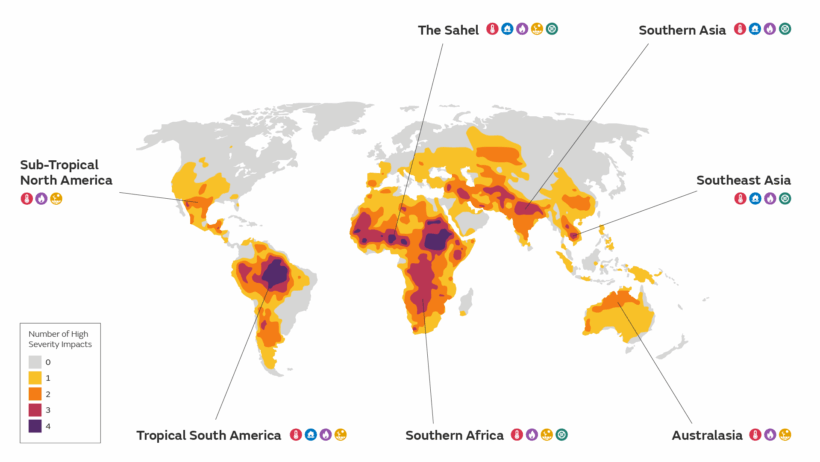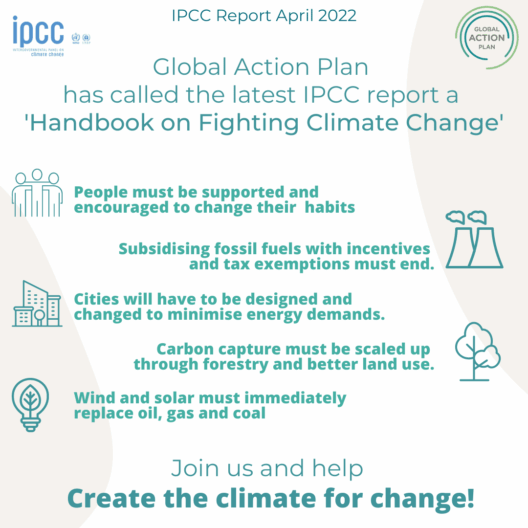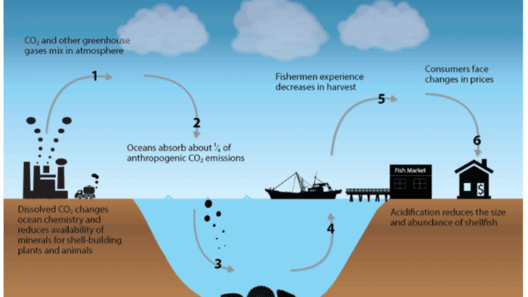Colombia, a nation blessed with extraordinary biodiversity and a rich tapestry of cultures, stands at a pivotal crossroads in its environmental journey. The impacts of climate change are not a distant threat; they are tangible realities altering the very fabric of Colombian society. As the world grapples with global warming, one has to wonder: how will Colombia navigate this precarious path, given its unique geography and socio-economic context?
With its sprawling Amazon rainforest, Andean mountains, and coastal lowlands, Colombia is a microcosm of global biodiversity. Yet, this remarkable ecological wealth is increasingly threatened by climate-related phenomena, such as rising temperatures, altered precipitation patterns, and extreme weather events. These changes pose a formidable challenge, potentially leading to widespread food insecurity, loss of habitats, and migration pressures.
One of the primary manifestations of climate change in Colombia is the escalation of extreme weather events. The country experiences a range of climatic disruptions, including floods, landslides, and prolonged droughts. For example, during the rainy season, rivers swell, flooding agricultural lands and displacing communities, while droughts during the dry season decimate crops, threatening food security for millions. Colombian farmers can no longer rely on traditional farming calendars as climate variability undermines established agricultural practices.
Furthermore, the Andean region, home to a multitude of unique species, faces alarming temperature increases that threaten glacial retreat. Glaciers in the Andes are crucial for providing freshwater to millions of people. As they diminish, the onset of water scarcity intensifies, affecting not only agriculture but also energy production, given that hydropower constitutes a significant portion of Colombia’s electricity generation. Such challenges compel policymakers to ponder: can Colombia shift its reliance on hydropower amidst dwindling glacial reservoirs?
In addition to water resources, the impact of climate change on Colombia’s biodiversity is particularly concerning. The Andean and Amazonian ecosystems are hotspots of biodiversity, but they are extremely sensitive to temperature changes and alterations in precipitation. The phenomenon known as “shifting climatic envelopes” may displace numerous species, jeopardizing their survival. In turn, this disrupts local communities that depend on these ecosystems for their livelihoods, posing a challenge to conservation efforts that seek to balance human needs with ecological preservation.
Furthermore, Colombia’s vulnerability is compounded by its socio-economic disparities. Low-income communities often reside in areas most affected by extreme weather, lacking the resources to adapt to changing conditions. This inequity raises critical questions about social justice and climate resilience. How can the nation ensure that adaptation strategies are equitable, protecting the most vulnerable populations while also promoting sustainable development?
The Colombian government acknowledges these pressing challenges and has embarked on numerous initiatives to bolster its resilience to climate change. The National Development Plan emphasizes the importance of adaptation in all sectors, from agriculture to urban planning. However, the effectiveness of these initiatives hinges on collaboration at all levels, including government, civil society, and international partners.
One promising avenue is the promotion of agroecology—a farming approach that prioritizes sustainability and resilience over intensive agricultural practices. By enhancing soil health and reducing reliance on chemical inputs, agroecology not only fosters food security but also mitigates greenhouse gas emissions. This can empower smallholder farmers who form the backbone of Colombia’s agricultural sector while simultaneously protecting the environment.
Moreover, Colombia has made significant strides in reforestation efforts, particularly in the Amazon region. By restoring deforested areas, Colombia is not only helping to sequester carbon but also safeguarding critical habitats and combating biodiversity loss. However, this endeavor is fraught with challenges. It is vital that local communities are engaged in these initiatives, as their knowledge and commitment are indispensable for ensuring the success of reforestation projects.
The interplay between climate change and economic development presents a delicate balancing act for Colombia. As the nation strives to modernize its economy and enhance its global competitiveness, the pendulum must swing toward sustainable practices. The implementation of green technologies and the transition toward renewable energy sources could pave the way for a more resilient future. Yet, this transition demands substantial investments and the political will to enact meaningful change.
Ultimately, Colombia’s climate challenge offers opportunities for innovation, resilience, and collaboration. With an expansive network of organizations dedicated to environmental conservation and sustainable development, the potential for transformative action exists. The key lies in harnessing the collective strength of the Colombian people, fostering a culture of environmental stewardship that transcends economic and political boundaries.
In conclusion, Colombia stands at a crossroads—embedded in the heart of a climate crisis that potentially endangers its most precious resources. The road ahead is fraught with challenges, yet filled with promise. By embracing sustainable practices, strengthening community resilience, and prioritizing equity in adaptation efforts, Colombia can forge a path toward a more sustainable future. How will this vibrant nation rise to meet the trials of climate change? Only time will tell if Colombia will become a beacon of hope or a cautionary tale in the fight against global warming.







